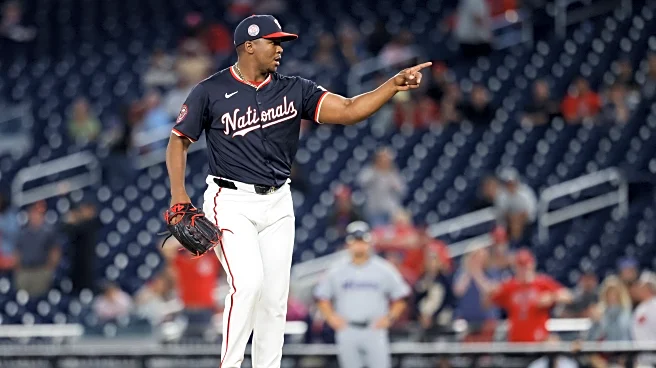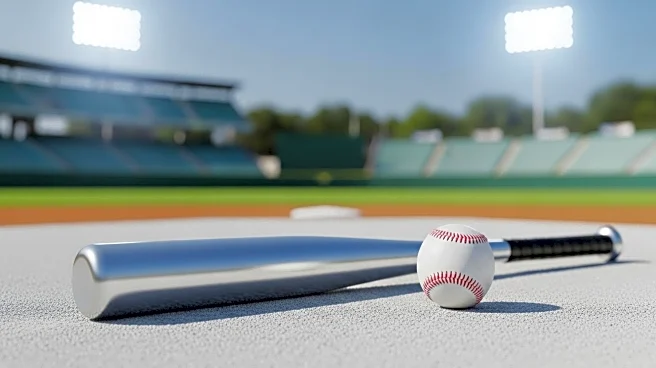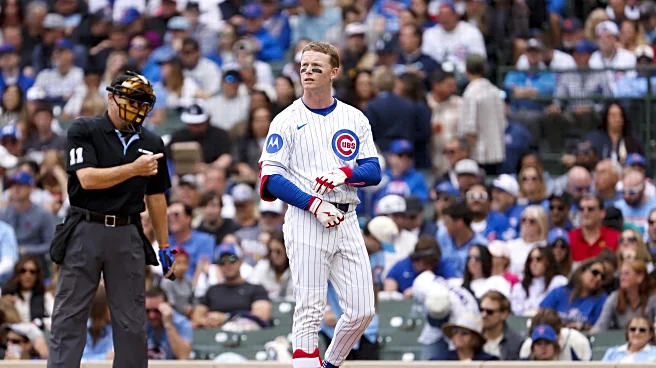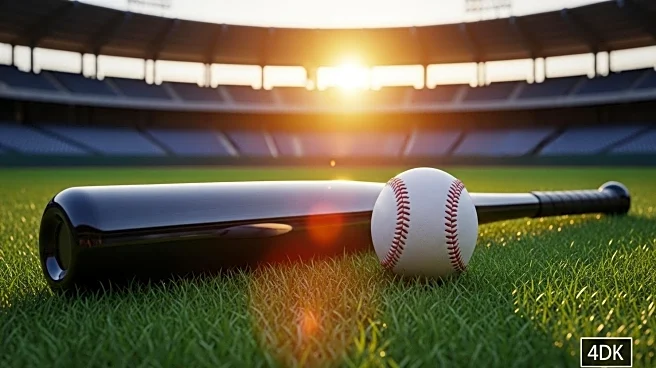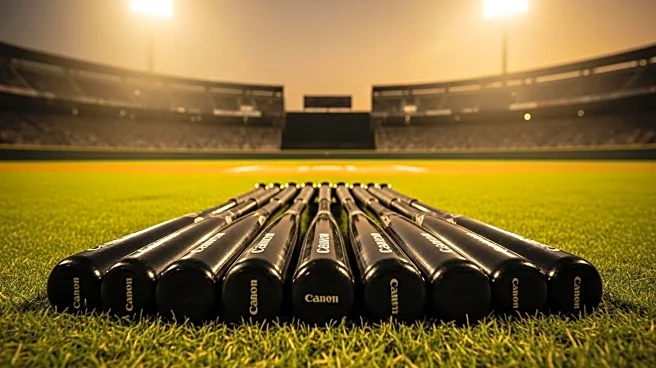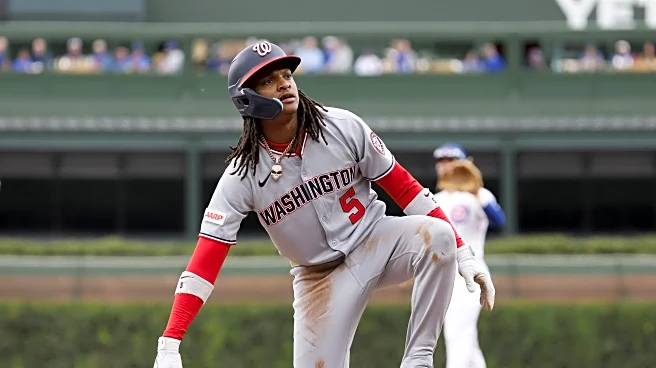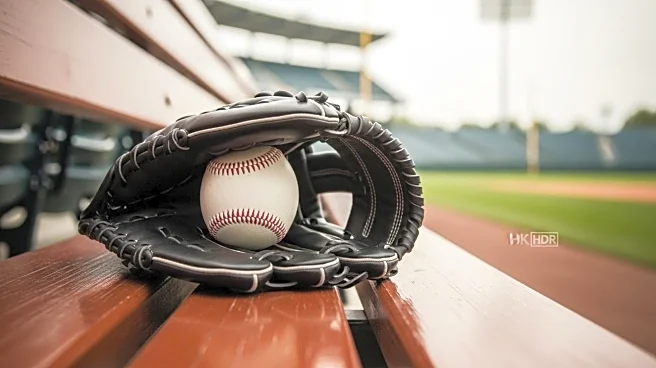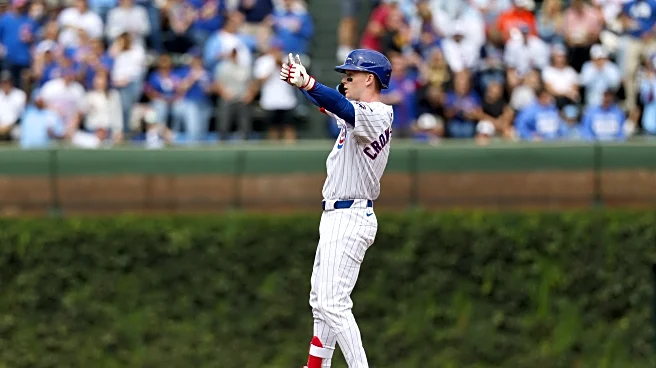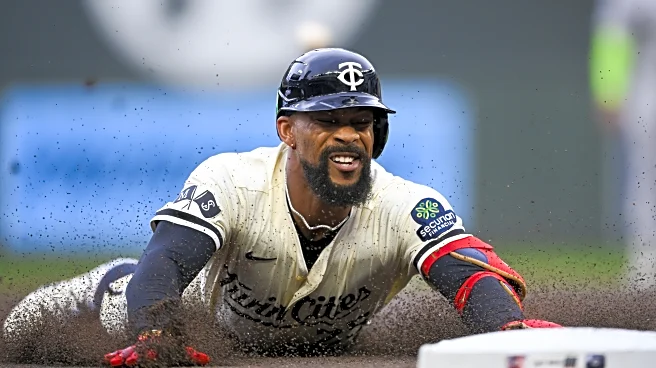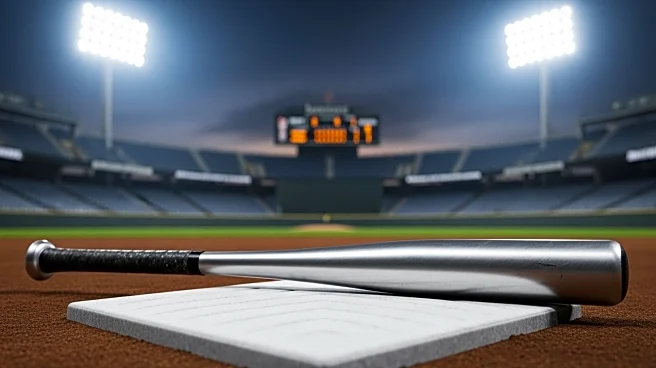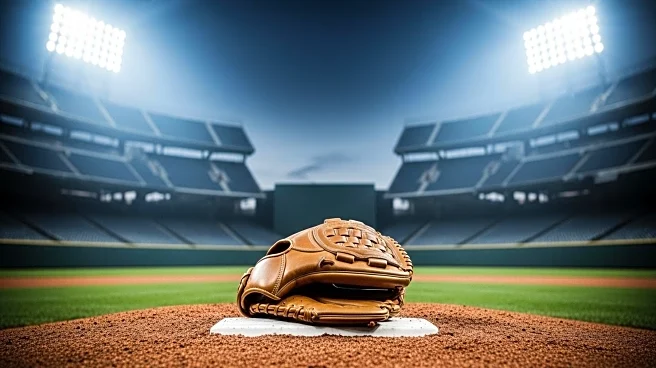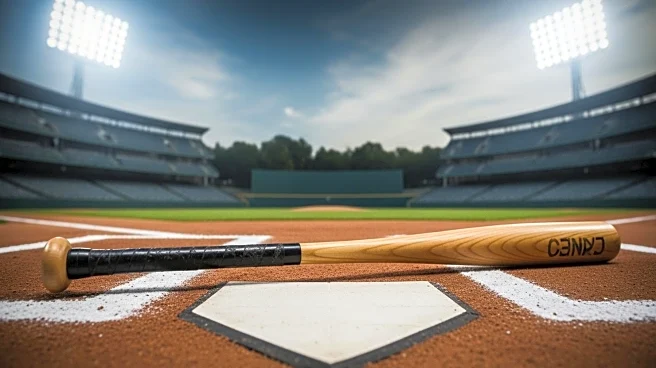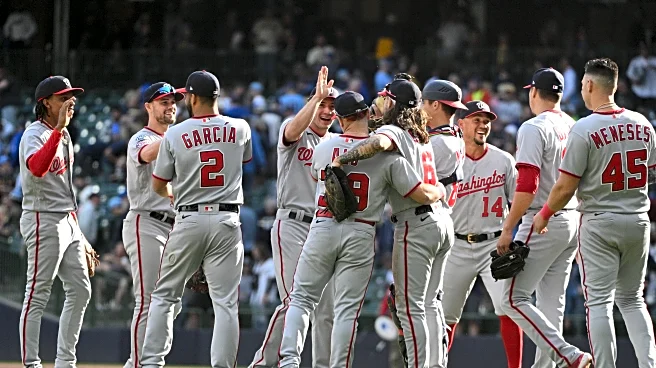
Heading into the season, I was super excited about Jose A. Ferrer. Back in February, we declared him the Nationals closer of the present and future. Through the first few months of the season, that seemed like a silly declaration. However, the flame throwing southpaw is finally delivering on his promise.
When Kyle Finnegan was traded at the deadline, Ferrer replaced him as the closer. He has taken to that role like a duck to water. Since taking over as the closer, Ferrer is 7/7 in save opportunities and has been an unstoppable force. He has been one of the best relievers in all of baseball in the second half.
Before the break, Ferrer was having an up and down season with more down than up. His ERA was over 5 and he still looked like a talented guy who could not put it all together. However, something has clicked for the 25 year old. He has not allowed a run in over a month.
We can wax lyrical all day about how dominant he has been. There are plenty more numbers to go over. However, I want to get to the bottom of why he is so good. When you watch him pitch, it is easy to see the appeal. Ferrer’s sinker sits at 98 MPH and it is a real bowling ball.
Keeping the ball on the ground is Ferrer’s specialty. His 64% ground ball rate ranks in the 99th percentile for all MLB pitchers. Ferrer’s heavy sinker gets most of the ground balls. The sinker generates an average launch angle of -5 degrees from hitters. You cannot elevate when you are pretty much swinging down on the ball.
Ferrer also has a pair of nasty secondary pitches he uses to get whiffs. Despite getting up to 100 mph, his sinker is a ground ball pitch rather than a swing and miss offering. To put guys away, Ferrer will use his changeup and slider. Those pitches have whiff rates of 45% and 51.4%.
Given how nasty those two pitches are, there might be a time in the future where Ferrer drops his sinker usage to lean on those pitches more. Right now he is throwing the sinker just over 70% of the time. While the sinker is his bread and butter, maybe he could drop that usage down to about 60% next season.
Speaking of next season, expect big things from Ferrer. As good as he has been lately, all of the ERA indicators suggest there is more room for improvement. This run has gotten Ferrer’s ERA down to 3.91. However, his FIP, xFIP and xERA are all much lower than that. His FIP is at a pristine 2.79, the xFIP is sitting at 3.09 and his xERA is 3.36.
Early in the season, he was having a hard time stranding runners. However, that statistic tends to be fairly random. It is more about luck than pure skill. As Ferrer has stranded more runners, that ERA has plummeted.
As a pitch to contact guy, some of those ground balls find a way through holes, especially with a weak infield defense like the Nats. That makes control very important. Thankfully, Ferrer lives in the zone. He only walks 5% of hitters, which is an elite number.
One more thing I have liked is actually how the Nationals are using him. They do not always use him in the 9th inning. Instead, they give him the toughest matchups in the last couple innings. If the heart of the order is coming up in the 8th inning, Ferrer will get that assignment. I am not sure whether that is a Miguel Cairo thing or a Mike DeBartolo thing. Either way, I like it.
Jose A. Ferrer has all the ingredients to be the Nationals closer of the future. He has the 100 mph fastball, the strong secondary pitches and a fun personality. It was a bumpier road than I thought it would be, but Ferrer has emerged as the man in the Nationals bullpen just like we predicted.
His combination of nasty stuff, ground ball generation and elite control is a rare combination. Nationals fans will be very happy with Jose A. Ferrer for years to come. He is a truly home grown lights out closer moving forward.
